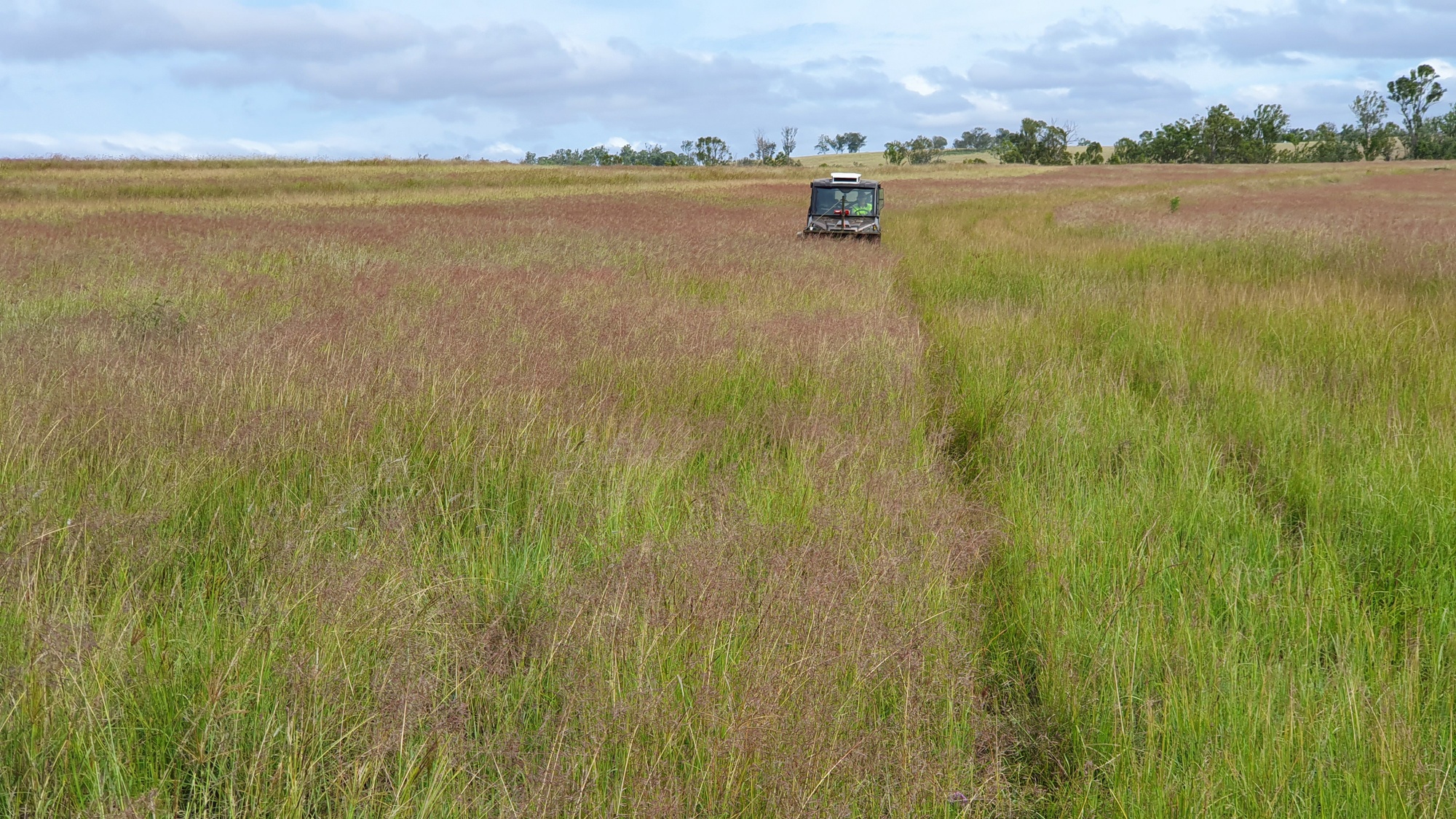Plant Profiles
Plant Categories
Subshrub
Trailing herb
Annual
Annual or Short-Lived Perrenial
Prostrate Shrub
Graminoid
Vine
Forb
Nitrogen Fixer
Grass
Tree
Shrub
Sedge
Wattle
Show All
14Genera
Acacia
Allocasuarina
Alphitonia
Alstonia
Angophora
Archidendropsis
Aristida
Arundinella
Astrebla
Atalaya
Atriplex
Austrosteenisia
Austrostipa
Banksia
Baumea
Bolboschoenus
Boronia
Bothriochloa
Brachychiton
Breynia
Callitris
Calotis
Capillipedium
Carissa
Cassia
Cassine
Cassinia
Casuarina
Chloris
Chrysocephalum
Chrysopogon
Clerodendrum
Corymbia
Crotalaria
Cymbopogon
Daviesia
Denhamia
Derris
Dichanthium
Dodonaea
Einadia
Enchylaena
Enteropogon
Eragrostis
Eremophila
Eriochloa
Erythrina
Erythroxylum
Eucalyptus
Eustrephus
Fimbristylis
Flindersia
Gahnia
Geijera
Grewia
Hardenbergia
Heteropogon
Hovea
Imperata
Indigofera
Jacksonia
Jasminum
Juncus
Kennedia
Lepidosperma
Lomandra
Lophostemon
Ludwigia
Lysiphyllum
Maireana
Melaleuca
Melia
Myoporum
Notelaea
Owenia
Pandorea
Panicum
Parsonsia
Paspalidium
Petalostigma
Petalostylis
Pittosporum
Podolobium
Pomax
Psydrax
Pterocaulon
Ptilotus
Pultenaea
Rhagodia
Rhodosphaera
Rhynchosia
Sarga
Schoenoplectiella
Schoenoplectus
Senna
Sida
Solanum
Sporobolus
Swainsona
Syncarpia
Themeda
Trema
Vachellia
Ventilago
Vittadinia
Show All
105Imperata cylindrica
| Categories | Grass |
| Common Name(s) | Bladey Grass |
| Family | Poaceae |
Description
"Perennial. Rhizomes present, elongated. Culms erect, 10–150 cm tall." (Simon, B.K. & Alfonso, Y. 2011. Ausgrass2)
Notes
Imperata cylindrica has become a weed in countries where its a naturalised, exotic invader. In Australia however, as a native grass, it has a small, balanced role in the landscape. It has a place in the ecology where it binds soils and stream banks helping them resist erosion. This is an effect of the extensive underground rhizomes the plant develops at some depth. It is also grown for its attractive inflorescences however the margins of the leaves are sharp enough to cut fingers if they are carelessly handled. After fire has swept through paddocks, woodland or forest, I. cylindrica may very quickly regrow and flower, producing its typically stark white inflorescences, often beautifully contrasting a blackened landscape.
We note I. cylindrica on sand dunes where it stabilises its salt laden substrate, in pine plantations where it has increased opportunistically after disturbance, fire and herbicide usage has removed competing vegetation, on stream and river banks, and in small patches in forest and woodland which can be on various soils including clays and clay loams.
"The small seeds of Imperata cylindrica (Blady Grass) are eaten by emus and kangaroos," (Simon, B.K. & Alfonso, Y. 2011. Ausgrass2)
Historical Notes
Usage of Imperata cylindrica by Australian aboriginal people is mentioned in many places. "Imperata cylindrica grass roots were eaten by the children as sugarcane and the leaves were used for making dilly bags." (Organ M.K. and Speechley C., 1997)
Distribution
In all states, however only in the far north of WA and the SE corner of SA. Mostly coastal and subcoastal, also found in some inland areas.
References and Related Links
Simon, B.K. & Alfonso, Y. 2011. Ausgrass2, http.//ausgrass.myspecies.info/, [Accessed on Dec 9, 2019].
http://ausgrass2.myspecies.info/content/imperata-cylindrica
Organ M.K. and Speechley C., 1997. Illawarra Aboriginees - An Introductory History. https://ro.uow.edu.au/cgi/viewcontent.cgi?article=1022&context=asdpapers
